Stories Category: Intensive Care
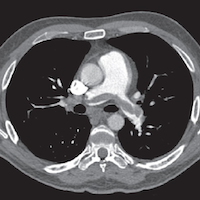
Beware the Painless Pulmonary Embolism
Many EPs know that myocardial infarction can be painless in about 20 percent of cases but are unaware that the same is true of pulmonary embolism. Many conditions, in fact, that are typically quite painful are actually... read more
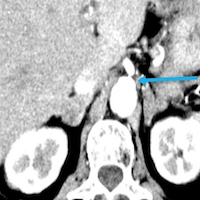
A Case of Chronic Mesenteric Ischemia Due to Celiac and Mesenteric Artery Thrombosis
Chronic mesenteric ischemia (CMI) is uncommon and accounts for approximately 5% of cases. CMI presents with non-specific symptoms, making it difficult to diagnose, and requires complex management involving interprofessional... read more
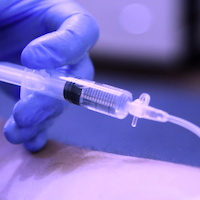
Novel Vasopressor Agent Adoption in Critically Ill Adults
This study aimed to investigate the utilisation of ATII in critically ill adults undergoing vasopressor therapy. The study included patients admitted to ICUs from January 1, 2018, to December 31, 2020, who received intravenous... read more

Renal Replacement Therapy: Controversies and Future Trends
Controversies and trends have always been present in nephrology. Since its inception and throughout its development, renal replacement therapy has been shrouded in uncertainty, even as it advances, and it has always been... read more
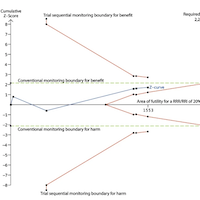
Delirium in Critically Ill Patients – Haloperidol Treatment
Haloperidol may reduce mortality and likely result in little to no change in the occurrence of SAEs/SARs compared with placebo in critically ill patients with delirium. However, the results were not statistically significant... read more
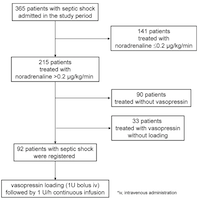
The Vasopressin Loading for Refractory Septic Shock Study
Vasopressin loading may be safely introduced for septic shock. Vasopressin loading may be used to predict responses to its continuous infusion and select appropriate strategies to increase blood pressure. 92 patients were... read more
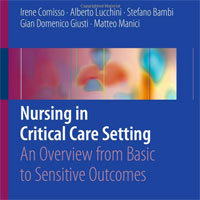
Nursing in Critical Care Setting: An Overview from Basic to Sensitive Outcomes
This book provides essential insights into how the approach to nursing care in ICU patients has markedly changed over recent years. It shows how the focus has progressively moved away from the technical approach that characterized... read more
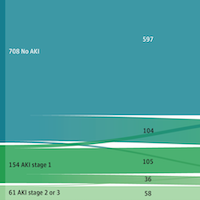
AKI Defined by Fluid-Corrected Creatinine in Premature Neonates
In this secondary analysis of the multicenter PENUT trial, we describe fluid-corrected acute kidney injury (AKI) and evaluate associations with short-term and long-term outcomes in premature neonates with fluid-corrected... read more

Ferroptosis and Pyroptosis Signatures in Critical COVID-19 Patients
Critical COVID-19 patients admitted to the intensive care unit (ICU) frequently suffer from severe multiple organ dysfunction with underlying widespread cell death. Ferroptosis and pyroptosis are two detrimental forms... read more
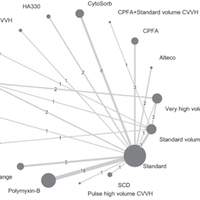
Blood Purification for Adult Patients with Sepsis
Our network meta-analysis (NMA) suggests that plasma exchange and polymyxin-B hemoperfusion may provide potential benefits for adult patients with severe infection or sepsis/septic shock when compared with standard care alone,... read more

Staphylococcus Epidermidis Infections Linked to ICU Septic Shocks
Bloodstream infections caused by Staphylococcus epidermidis (SE-BSI) may lead to septic shock in patients admitted to intensive care unit (ICU), according to a study. For the study, researchers looked at a retrospective... read more
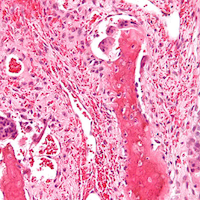
Hypercalcemia of Immobility in Critically Ill Patients
Significant hypercalcemia can occur in intensive care unit (ICU) patients. Immobilization hypercalcemia has been infrequently reported after ICU admission. Patients, therefore, usually require extensive workup to rule out... read more

COVID-19 Critical and Intensive Care Medicine Essentials
This book provides healthcare professionals in Critical Care setting an easy consultation guide to fight against COVID-19. The book is divided into sections: Fundamentals of COVID-19, Pneumological critical care, Neurological... read more

The Contribution of Procalcitonin, C-Reactive Protein and Interleukin-6 in the Diagnosis and Prognosis of Surgical Sepsis
The mortality rate was quite high in our study, consistent with the elevated serum biomarker concentrations, which were higher in non-survivors compared with survivors. C-reactive protein (CRP) and IL-6 were the most effective... read more

Doppler Ultrasound Identified Venous Congestion in Septic Shock
Venous congestion is a pathophysiological state where high venous pressures cause organ edema and dysfunction. Venous congestion is associated with worse outcomes, particularly acute kidney injury (AKI), for critically ill... read more

Artesunate Treatment in Severely Injured Patients with Traumatic Hemorrhage
In this study of critically injured trauma patients with major hemorrhage, artesunate did not improve organ dysfunction and was potentially associated with an increased VTE risk. Future studies that focus on immune responses... read more
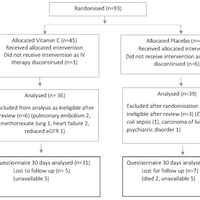
Adjunctive Intravenous Then Oral Vitamin C for CAP Patients
Patients hospitalised with community acquired pneumonia (CAP) have low peripheral blood vitamin C concentrations and limited antioxidant capacity. The feasibility of a trial of vitamin C supplementation to improve patient... read more








